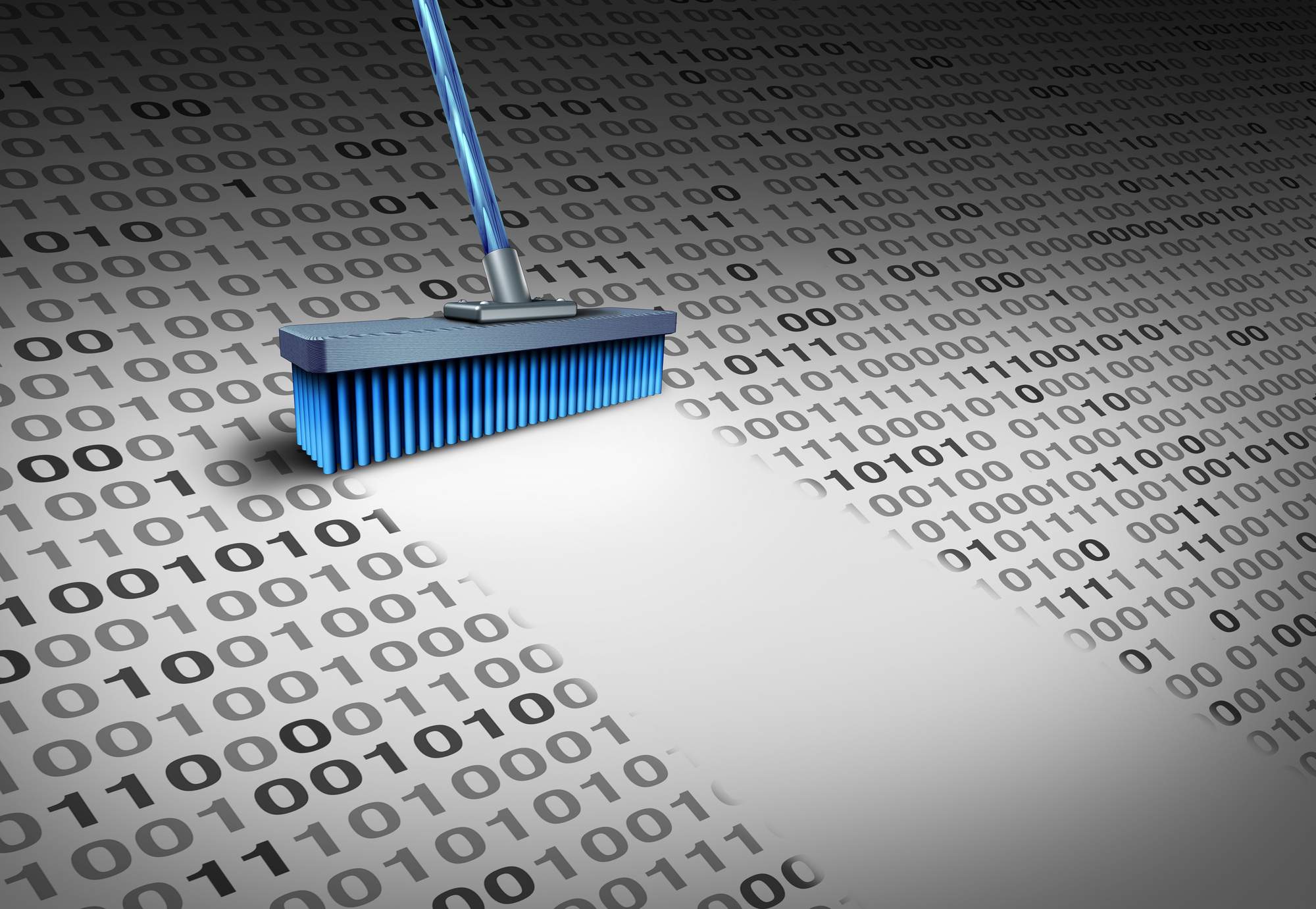
Blog / All About Data Hygiene
Don’t let decaying data damage your business.
We’ve talked about the high value of data plenty of times before, so we’re not going to go on about how important it is for your data to be well-protected. That’s what our friendly neighbourhood cyber-man’s cybersecurity newsletter is for. Instead we’re going to take the next few weeks discussing not how to protect it but how to maintain it. Indeed, good data hygiene is critical to keeping your business running smoothly and efficiently.
That’s because data, though digital and ephemeral, like everything else, still slowly decays over time. People move, change phones, transition from edgy high-school Hotmail accounts to more appropriate professional email addresses, and so on. Not even B2B contacts meticulously update their contact information every time it changes, and if you’re selling straight to the public, well, good luck getting your clients to update their information entirely on their own. It’s not rude; they just might not be thinking about your marshmallow shop when they’re moving after a messy breakup, for example.
Why is clean data important?
Well, imagine you’re a salesperson trying to contact a loyal customer, only to get the wrong number or have an email bounce back. Or work in a clinic where bad data can lead to compliance problems. Or work in marketing where clean data is essential to building accurate personas and developing strategies. These are just a few of the ways bad data can damage your reputation and even your bottom line.
So how is it done?
There are two-steps to getting your data back to being bright and shiny and ready to be leveraged. The first is data cleansing. This is the process of rooting out all the out-of-date, incomplete, improperly formatted, and just plain incorrect or irrelevant information, either in a single data set or your entire database(s). Getting rid of duplicate data is a big part of it as well. We’ll go over data cleansing in detail next time, with tip, tricks, and best practices for getting it done right.
While data cleansing is a large, occasional affair, data maintenance on the other hand occurs much more often and on a smaller scale. There are plenty of analogies about data cleansing and maintenance out there, but our favourite uses dentistry as its base. In this analogy, data cleansing is when you actually visit the dentist for routine cleaning. They get right in there and scrape out all the gunk you never knew you had. Data maintenance, on the other hand, is your daily brushing and flossing routine. And, like with your dentist, keeping on top of the maintenance goes a long way to making the quarterly cleanse an easier affair.
A note on synonyms
Before we end this brief overview, there can be some confusion surrounding these terms. For example, data cleansing, data cleaning, and data scrubbing are all mostly used interchangeably, but data scrubbing can have a different meaning when referring to data storage. In that context data scrubbing is about whether data contained on a disk drive or other storage device can be read, and whether there are bad block or sectors on it. It’s not likely to come up in your day-to-day business life, but it’s always good to know different definitions in context.
Regardless of whether you prefer the term ‘cleansing’ or ‘cleaning,’ we’ll be going over it in depth next time, and following it up with details on data maintenance after that. In the meantime, if you’d like assistance developing a data hygiene plan and maintenance schedule, contact one of our data experts and we’ll be happy to help out.
Sincerely,
The TRINUS Team
trinustech.com

















